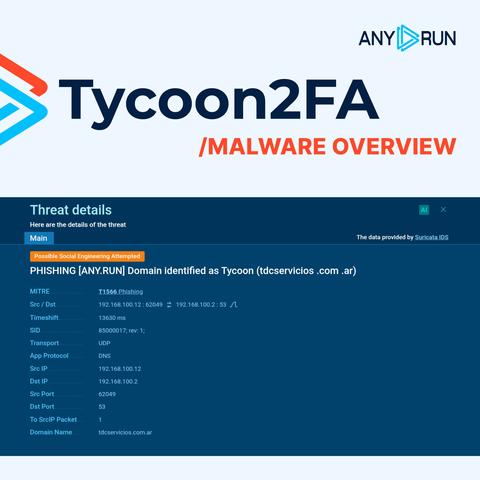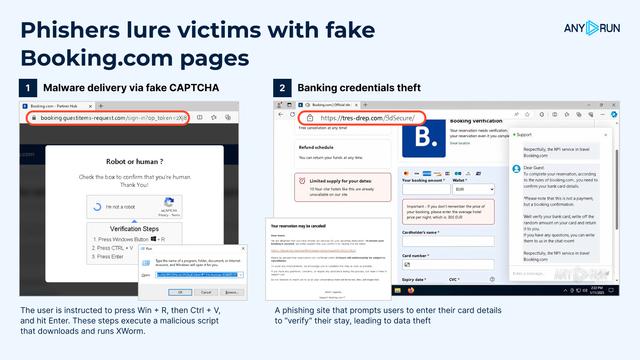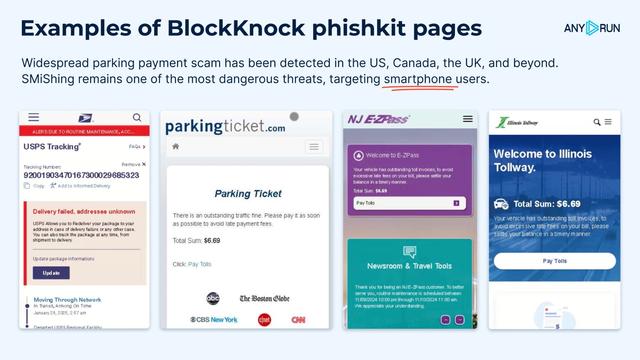🎯 Analysis of the latest LogoKit #phishkit
⚠️ LogoKit is a comprehensive set of #phishing kits, known for using services that provide company logos and screenshots of target websites
➡️ The background is retrieved via request to a website screenshot service, using the following template:
hxxps://thum[.]io/get/width/<DPI>/https://<Domain>
➡️ The company's logo is fetched from a legitimate logo storage service:
hxxps://logo.clearbit[.]com/<Domain>
Example: https://app.any.run/tasks/1362e3bd-72a9-44a3-9128-5919fb6a6fd9/?utm_source=mastodon&utm_medium=post&utm_campaign=logokit&utm_term=051224&utm_content=linktoservice
📌 The domain chain is led by a decoder-redirector:
hxxps:// asiangrocers [.]store/fri/?haooauvpco=bWlubmllQGRpc25leS5jb20
It is a fake Asian food store website built on a WordPress template, with a domain age of around four years. The template contains email addresses filled with typos
🔄 The decoder-redirector shields the page from analysis and redirects the victim to the actual phishing page
In this case, the real content of the #phish page and the associated scripts are hosted on the #Cloudflare Pages platform. They are stored in the assets/ folder, which contains styles, images, and scripts
🚨 Three scripts with random 10-character names are designed to protect the page from analysis and send stolen data to the threat actors:
assets/js/e0nt7h8uiw[.]js
assets/js/vddq2ozyod[.]js
assets/js/j3046eqymn[.]js
The stolen authentication data is sent to a remote Command and Control (#C2) server controlled by the attackers via an HTTP POST request containing the following parameters:
fox=<E-mail>&con=<Password>
👨💻 Take a look at another sandbox session:
https://app.any.run/tasks/8a95135f-1339-491e-8762-d874d9970602/?utm_source=mastodon&utm_medium=post&utm_campaign=logokit&utm_term=051224&utm_content=linktoservice
🚀 Hurry up to get ANYRUN's #blackfriday deals: get a license bundle, double your TI Lookup search requests, or get a custom offer
🔗 https://app.any.run/plans/?utm_source=mastodon&utm_medium=post&utm_campaign=logokit&utm_term=051224&utm_content=linktoplans



